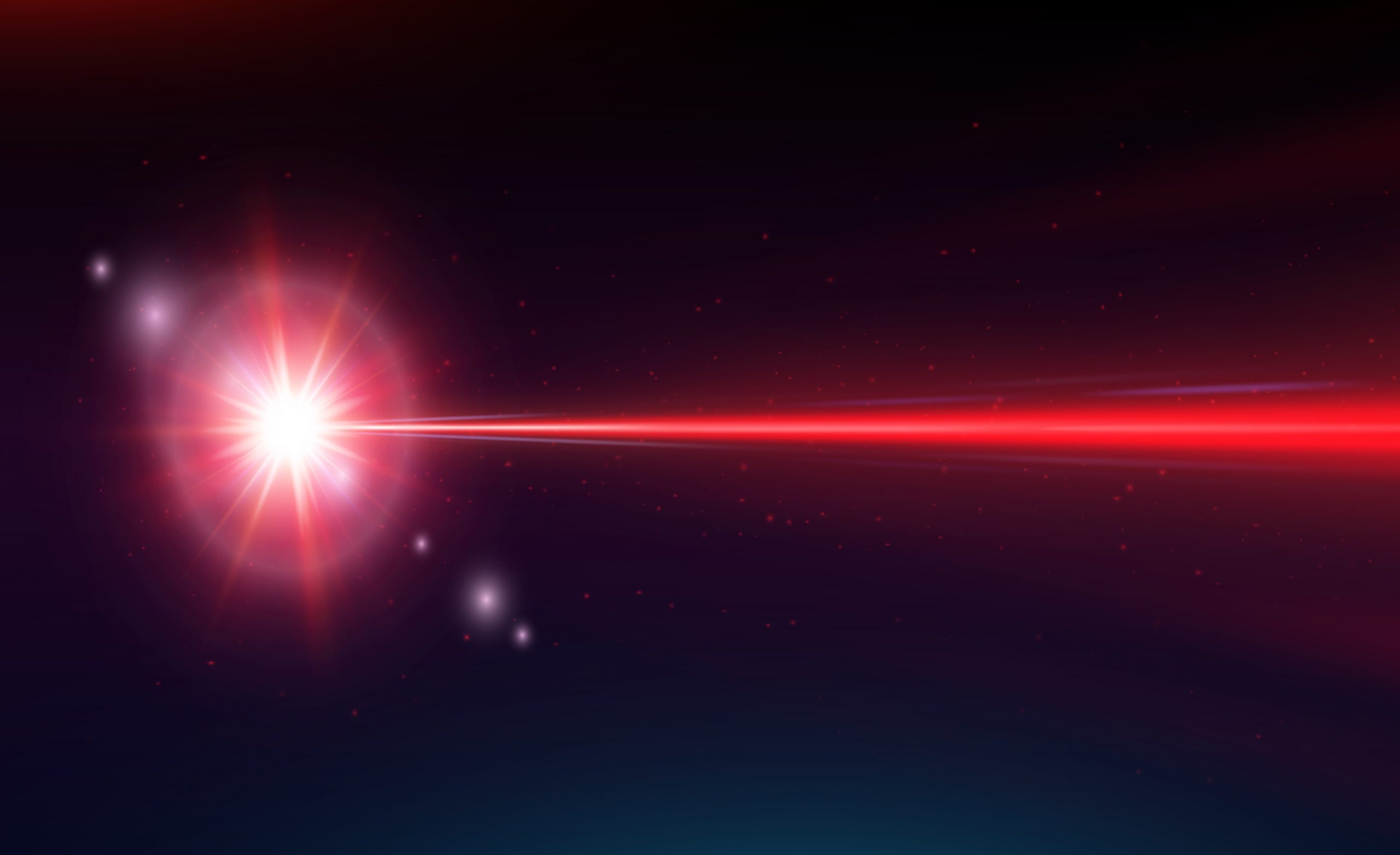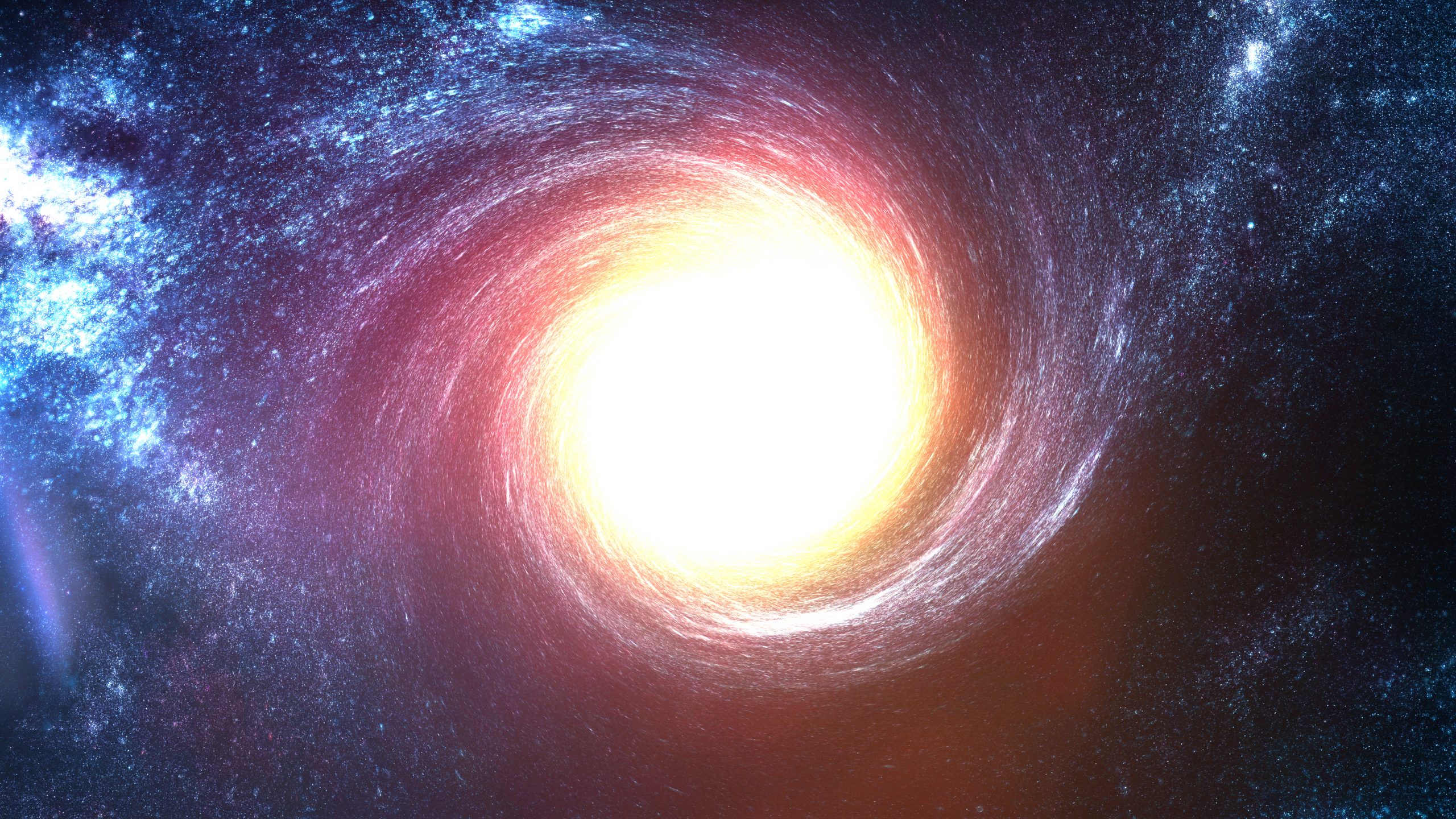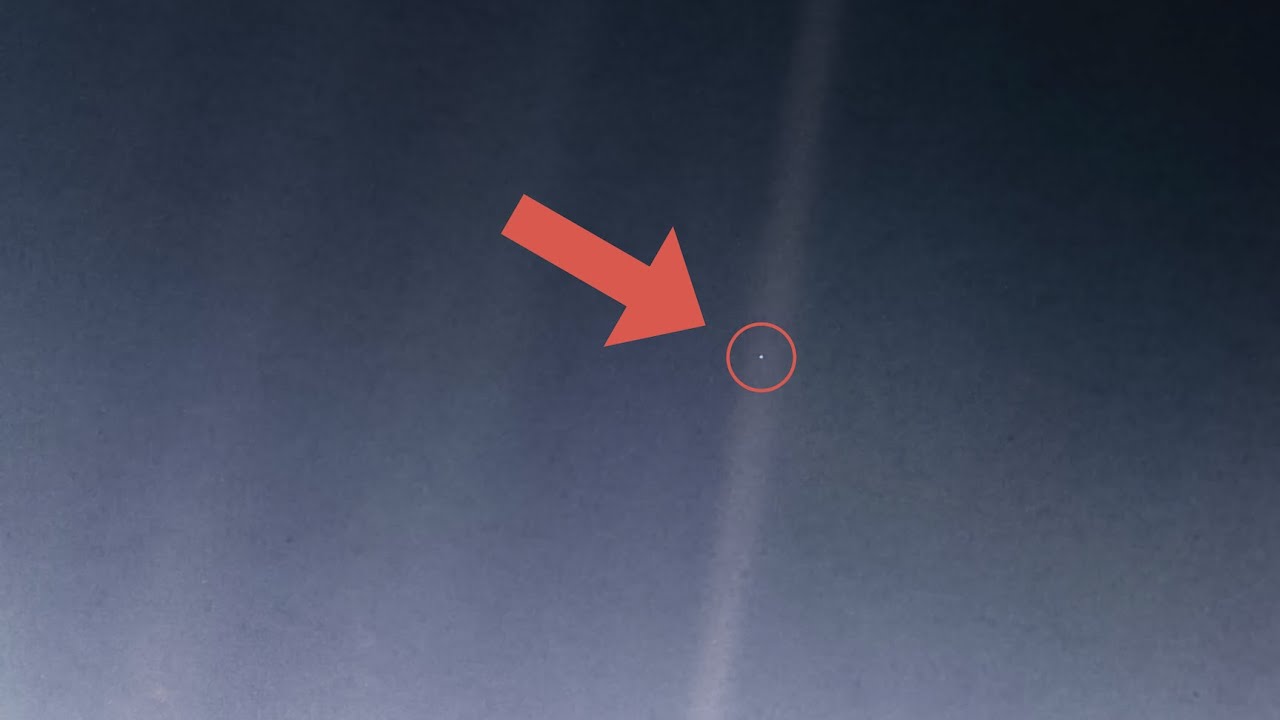The ergosphere is an area beyond the event horizon where scientists recently discovered mysterious, rapidly rotating rings of light. One part of the object must fly into the belly of the black hole. The recoil energy from the split will give the primary impulse to the half of the object preserved in the ergosphere. Moving inside the rotating outer region of black holes, the surviving part will acquire negative energy, which is superior in absolute value to the original.
The only problem is that you can extract energy in this way if you make the object move faster than the speed of light. That is why Roger Penrose, 50 years ago suggested that only representatives of an extraterrestrial high-tech civilization could use his idea of extracting energy from black holes.
Two years later in 1971, the Soviet nuclear physicist Yakov Zeldovich described an experiment that could confirm Penrose’s theory. Zeldovich proposed ” twisting” light waves in a rapidly rotating metal hollow cylinder. Striking the cylinder walls, the light waves would “twist”, and their energy would increase.
For this, the rotational speed of the cylinder had to exceed the frequency of oscillations of the light wave greatly. The possibilities of that time did not allow the design of such an installation because the cylinder had to rotate at least a billion times per second. But now, scientists have tested these theories with an entirely new approach.
Extracting energy from black holes: how did scientists prove it is possible?

Last year, scientists from the School of Physics and Astronomy at the University of Glasgow slightly changed the idea of the Zeldovich experiment and built a setup where they were able to prove Penrose’s theory. Instead of light waves, the researchers used sound waves.
The vibration frequency of acoustic waves is much lower than that of light. This means that the surface from which they will be reflected can rotate much more slowly to produce the expected effect.
The experiment of scientists from Glasgow is described in an article published in the journal Nature Physics. The setup consisted of a small rotating foam ring that received sound waves.
Polyfoam was not chosen by chance: it is a good sound absorber. On the back of the ring were microphones that picked up sound. The microphones were connected to the speakers, which made it possible to “hear” the result right during the experiment.
The ring was gradually unwound. The sound frequency changed following the rotation frequency. At first, the frequency of the sound waves decreased. The sound got lower and lower, like that of a growing male teenager. But then something strange happened.
When the sound became so low that it was almost impossible to hear it through the speakers, its pitch began to increase again, as if Benjamin Button from an old man with a chesty bass was turning into a shrill screaming youth. At the initial altitude, the increase in frequency stopped. At the same time, the sound was clearly louder: its amplitude increased by 30% compared to the initial one.
Everything happened exactly as Yakov Zeldovich predicted. The scientist believed that the sound returns because at some point there is a “change of polarity”: from a positive frequency to a negative one. Negative-frequency waves can take some of the energy from the spinning foam disk, thus becoming louder.
According to physicists from the University of Glasgow, the same thing is happening with light in the ergosphere of a black hole. The only difference is that it is not the frequency that becomes negative, but the radiation energy.
If extraterrestrial advanced civilizations exist, then it is possible that black holes are used for energy instead of atomic reactors but this, of course, is nothing more than a hypothesis at this point in time. First, we need to find aliens and then worry about their methods and practices.
As for the scientists from the University of Glasgow, they plan to repeat the experiment, but with electromagnetic, not acoustic waves in search of even more convincing results.
Join the discussion and participate in awesome giveaways in our mobile Telegram group. Join Curiosmos on Telegram Today. t.me/Curiosmos
Sources:
• Calçada, E., & Glasgow, U. (2020, June 25). Advanced civilizations could harness black holes as an energy source.
• Cromb, M., Gibson, G., Toninelli, E., Padgett, M., Wright, E., & Faccio, D. (2020, June 22). Amplification of waves from a rotating body.
• Ratner, P. (2020, June 24). Experiment proves old theory of how aliens might use black holes for energy.











